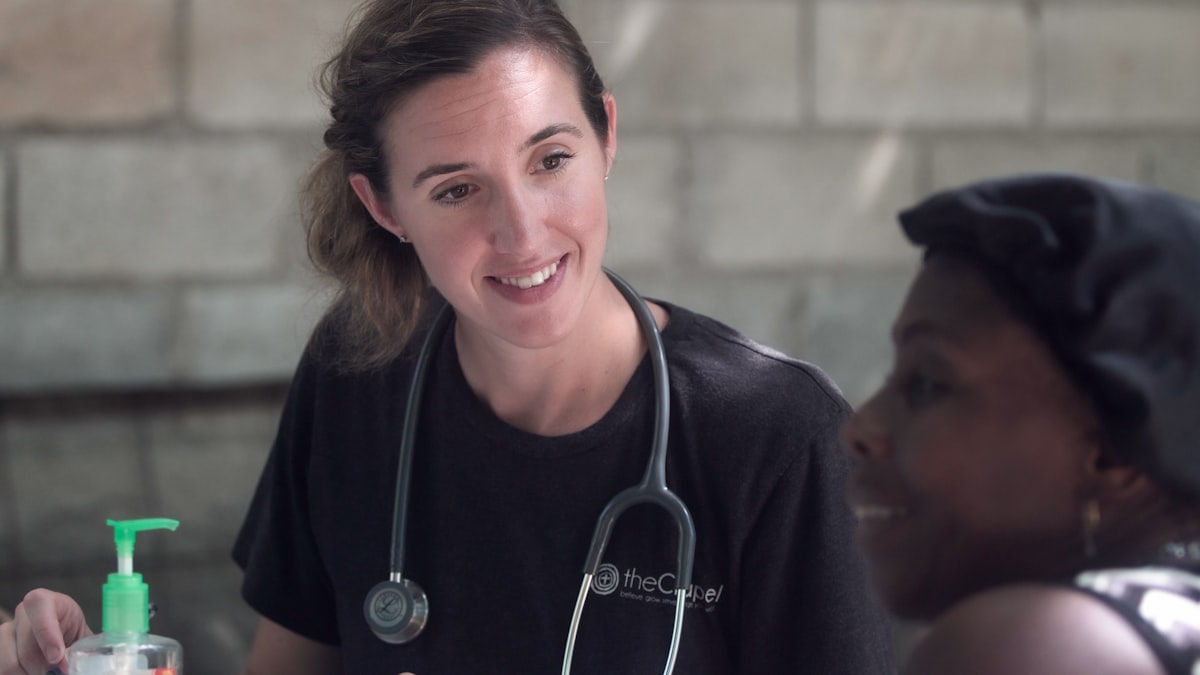Everything "medical" seems to come with an absurd cost. Forego all that and host your own server for your practice, clinic, or hospital. Save money where it counts, save lives.
As a clinician in the healthcare industry, you know that technology plays a vital role in providing top-quality care to patients. Whether it’s electronic health records (EHRs), medical imaging, telemedicine, or other digital tools, these technologies can improve the efficiency, accuracy, and safety of healthcare delivery. However, adopting new technologies can also be a costly and complex process, especially for smaller practices or non-profit organizations with limited budgets. Fortunately, there is a solution that can save you money and offer other benefits too: open-source technology.

What is open-source technology, you may ask? Simply put, it refers to software, hardware, or other tools that are made freely available to the public, with the source code open for anyone to view, use, modify, and distribute. This collaborative and community-driven approach has many advantages over proprietary or closed systems, which are owned and controlled by a single vendor or company. Some of the benefits of open-source technology for healthcare include:
Lower costs: Since open-source software is free to use, you don’t have to pay for expensive licenses, upgrades, or support. This can save you thousands of dollars over time, which can be invested in other areas of your practice, such as hiring more staff, improving patient engagement, or conducting research. Moreover, open-source hardware, such as Raspberry Pi or Arduino, can be more affordable and flexible than traditional medical devices, without sacrificing quality or functionality.

Customization: With open-source software, you have the freedom to modify the source code to suit your specific needs, without relying on a vendor to do it for you. This means you can tailor the software to your workflow, integrate it with other systems, or create new features that are not available in commercial solutions. For example, you can build your own EHR system using open-source components, or develop a mobile app that helps patients manage their medications or track their symptoms.

Collaboration: Open-source technology thrives on collaboration and community building, which means you can benefit from the collective knowledge and expertise of other developers, users, and stakeholders. You can join online forums, contribute to open-source projects, or attend conferences to learn from others and share your own ideas. This can help you stay up-to-date with the latest trends and innovations in healthcare technology, and enhance your professional network and reputation.

Security: Contrary to popular belief, open-source software is not inherently less secure than proprietary software. In fact, many open-source projects have robust security measures in place, such as peer review, bug tracking, and encryption. Since the source code is open for inspection, any vulnerabilities or bugs can be quickly identified and fixed by the community. Moreover, open-source software is less prone to vendor lock-in, which means you can switch to a different platform or provider if you’re not satisfied with the security or privacy features.

Some examples of open-source technology for healthcare include:
OpenEMR: a free and open-source EHR system that supports patient scheduling, billing, and clinical documentation.
OpenMRS: a collaborative medical record system that enables health workers to collect, store, and share patient data in low-resource settings.
FHIR: a standard for exchanging health information electronically, developed by HL7 International.
FreeMedForms: a multi-platform software for managing medical records, prescriptions, and lab results.
3D Slicer: an open-source software for medical image processing, visualization, and analysis.

In conclusion, open-source technology can be a valuable resource for aspiring healthcare professionals, or those serving the industry, who want to save money, customize their systems, collaborate with others, and enhance security. By embracing open-source solutions, you can unlock a wealth of possibilities for improving patient care, without breaking the bank. So why not give it a try?

